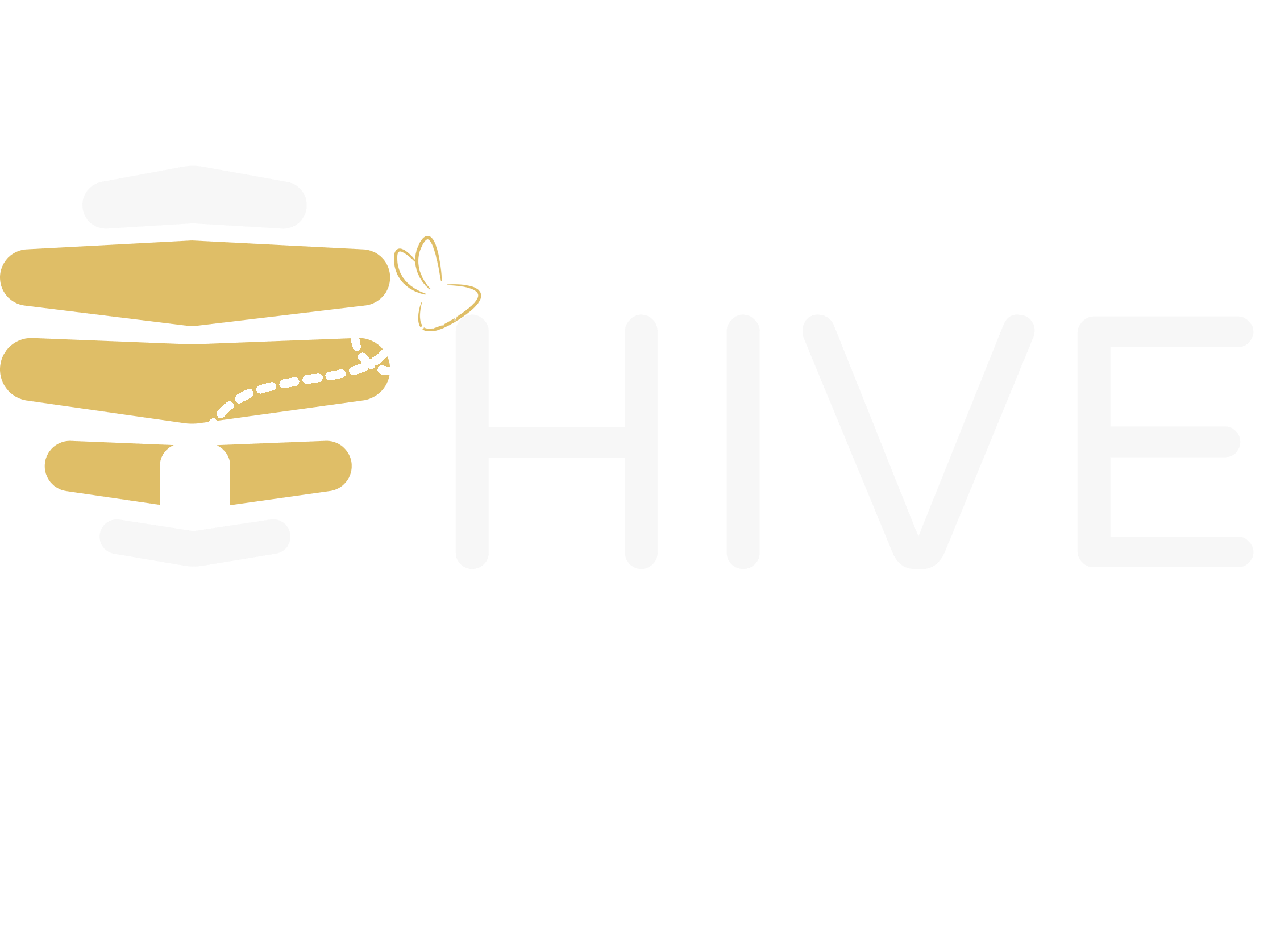Have you ever seen one of those many movies where the hackers got a hold of the good guys’ information through their online activity history while using computers, devices, and all that cyber wizardry?
Then they used what they got to do some nasty stuff, such as blackmail. Now such a concept might sound ridiculous – nothing but La-La-Land doing movie magic to make a quick buck or two.
However, it is an actual scenario that can happen to anyone, including you. Hackers are the least of your problems as you leave digital information behind while surfing the internet.
What you leave behind is what we call a digital footprint. We will delve deep to learn about the concept in today’s piece.
So What Exactly Is A Digital Footprint?
It is a trail of information and data you leave behind while utilizing the World Wide Web. In each activity you do, from purchasing goods from an online shop to subscribing to your favorite Twitch streamer, your digital footprint grows.
Regardless of what you do and how you do it, it will leave behind countless things about you and your behavior online.
We can classify a digital footprint into two categories.
Active Digital Footprint
An active digital footprint is where an internet user shares information and data on purpose. One form of this digital footprint is posting videos and images on social media platforms such as Facebook and Instagram. Your posts online will add up to your digital track.
Another form of active digital footprint is when you fill up those forms on most sites. They will retain your information as you entirely subscribe to a newsletter, blog, podcast, or something else.
Even the mere act of accepting cookies while you browse will leave a trail behind.
Passive Digital Footprint
A passive digital footprint is the complete antithesis of the first one. Numerous entities and websites will collect a user’s information without their consent. Such an aspect happens all the time. However, not many people know of it.
A neat example of this aspect is when you log in to your Youtube channel. You have recently watched various videos about horror and ghost hunters roaming around abandoned places. You check back later to find numerous video suggestions about horror and ghost-hunting adventures.
In this scenario, the site has gathered information about your recent activities and used it to suggest videos and media you might be interested in watching later.
Some sites and entities even take more than just video and media activity. They also take into account how many visits you make to specific websites. In addition, some organizations even take your computer’s IP address.
Some Examples Of How Digital Footprint Works
Digital footprint works in almost all fields of interest and industry today. The more activities you do while online, the more your footprint grows. Here are some of the aspects where you add to your digital trail.
In social media, your footprint grows by connecting with friends and family. The mere fact of logging on to a device or unit adds to your footprint already. Even joining a dating site, such as Tinder, contributes to your tracks.
Banking also has to do something with your digital footprint. It grows when you conduct online bank transfers and transactions, open a bank account, purchase stocks, etc.
The same goes for purchasing things online once you add items to your cart at an online shop, that alone contributes to your digital footprint.
Playing video games is another factor in the digital footprint aspect. Playing games alone does the trick. The same goes for buying items directly from a shop or the developer’s website. Subscribing to game blogs, articles, and other features will also affect your digital trail.
The Benefits Of Digital Footprints

It might all sound negative, but there are advantages and benefits when considering your digital footprint. By now, you are aware that websites, organizations, and other entities can track your digital trail, and what you can do is use that information to your advantage.
A decent digital footprint is one of the best ways to market yourself and the services you can offer to employers and industries. More companies are looking into the digital trail of potential employees and other job-hunters.
You can keep your digital footprint clean, active, and involved in numerous interests. Employers will find what they can when checking your profile, for they will check if you have been into industry-related blogs, articles, and media.
They will also look at the videos and images you have recently reviewed. Employers will get back to you once they find your digital footprint, along with your profile and resume are what they are looking for later.
How To Manage Your Digital Footprint
It is always a decent idea to check up on your digital activities as each day passes. You might not know when it might come in handy. Doing so also benefits you should you look for a job. The same goes for any financial opportunity you might get.
More and more entities, industries, and organizations are checking digital footprints before making a final decision. It only goes to show you need to track the breadcrumbs before heading deeper into the forest.
Here are some ways you can manage your digital footprint.
The first thing you can do is perform a quick Google search of yourself. Doing so allows you to check which sites have your name. Searching also reveals various relevant links, images, and other relevant media to your name and identity.
But that does not mean you have to stay at the first search result page alone. It is also a neat idea to check the following pages. You might not know when a site or platform has your name or something related to you they can use.
Another thing you can do is to think before you post something online. We get that it is intriguing to post your most recent trip to the Maldives or that special someone’s birthday celebration.
But do keep in mind that organizations and even malicious entities can get hold of your videos and images. They can use these assets to track your location, IP address, personal information, and other sensitive data.
What happens is they might sell your information to the highest bidder or to corporate businesses. In addition, they can use your information to do undesirable and immoral things.
You don’t want your name to be suddenly involved in a fatal drive-by at a location halfway across the globe. So avoiding sharing too much on social media platforms can do a lot to keep your information safe.
You can also double-check and update your privacy settings. Most websites, including social media platforms, have privacy settings. Tweak these settings. Doing so allows you to know what information a site obtains from you, and you can even deny them from getting any completely.
The next step is to avoid suspicious websites. This step is one everyone knows. However, not too many of them choose to do so. You can notice when a site is suspicious or not with ease. But the best thing you can do is check the website URL.
Any secure and safe website must include the HTTPS:// characters. The most critical of these characters is the S. It is proof that the website is safe, as the letter proves the site has a security certificate.
It also showcases the site is legitimate with its operations and activities.
Another method is to check your profile settings once in a while. More and more websites change their settings and conditions without mentioning them to you, and you have to check their terms and conditions at least once every two weeks to find any changes.
Avoid logging into other sites using Facebook. Unfortunately, the social media giant is notorious for tracking and keeping information without you knowing anything. That is not even the worst part.
Logging into a third-party website with your Facebook details allows companies and organizations to gather the information.
You also have the option to utilize a VPN or virtual private network. What happens is that these service providers will mask your IP address with a fake one. This aspect makes it hard for entities to get your information, and it is because what they have in hand is not factual.
The best part about using a VPN is that it will keep your details safe and private. They will not sell your details and other data like how other companies and platforms do.
The last thing you can do is secure a strong password. A capable password will not only protect your account. But it keeps everything in your account safe and sound from cyber criminals.
Do not use contemporary things, such as your pet’s name or birthday for your password. Entities can easily decode such keywords using applications and software. A capable password must include several characters, numbers, and other digits.
Be Careful
Keeping track of your digital activities can save your life and reputation. Many cyber criminals and organizations can utilize your digital footprint and information to steal your identity. Not only that, but they can also use your details to create false accounts for illegal transactions.
Another thing is that you have no idea what or who has access to your digital footprint. You need to be wary of the sites you visit, even if it means only reading an interesting article. Be sure to check their privacy terms and conditions.
The most crucial thing you have to do is double-check all of these conditions. Reading through all those words and blocks of text might sound boring or dull. But doing so can save you from a lot of trouble.
A Constant Battle
Technology keeps on evolving, mandating us to keep up with the pace. The more systems and methods develop, the more you will utilize the internet. That means you will shop online more, message and video call loved ones, and play games.
Each of these activities will leave a part that makes up your overall digital footprint. So it is up to you to be on guard and do what you can to keep your information safe. But that does not mean you have to stick to the earlier steps.
You also have to find new ways how you can reduce and mitigate the effects of your digital footprint. Playing it safe is the best bet you can take.




